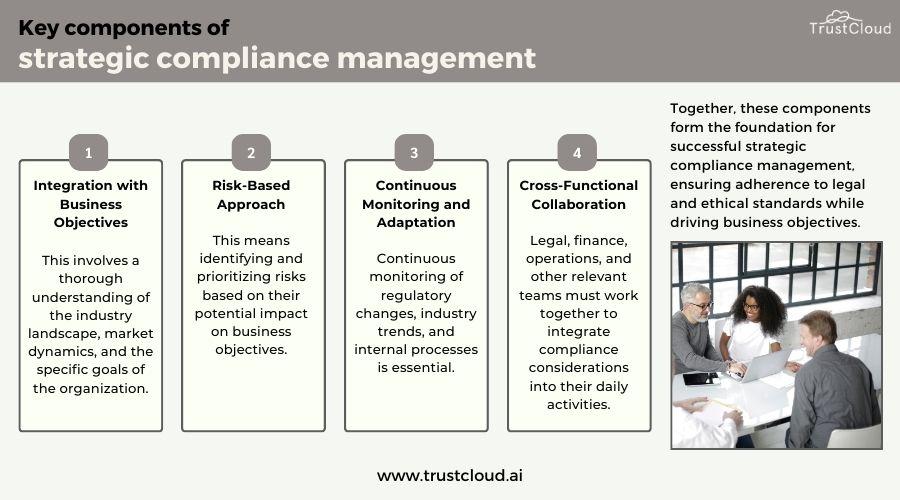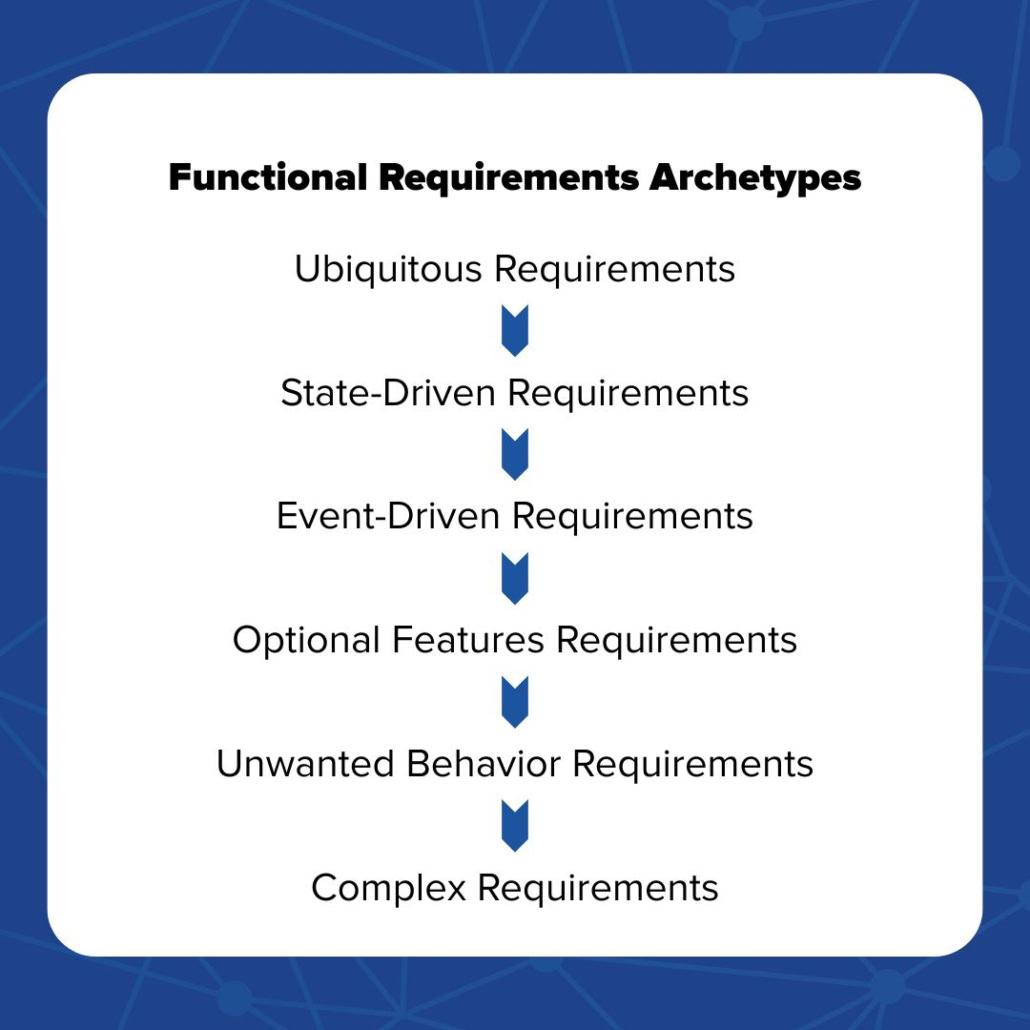In the vast landscape of the transportation industry, high-risk truck insurance represents a critical safety net for both operators and the communities they serve. As the lifeblood of commerce, trucking connects distant markets and delivers essential goods, yet it also carries inherent risks that can’t be ignored. For companies deemed high-risk—whether due to driving history, type of cargo, or operational practices—navigating the intricate web of state regulations becomes paramount. Each state has its own set of requirements that govern the issuance and maintenance of such insurance, reflecting a blend of local economic needs and safety considerations. In this article, we will explore the diverse state requirements that shape the high-risk truck insurance landscape, highlighting how these regulations impact trucking companies and their ability to thrive in an ever-evolving environment. Whether you are an insurer, a fleet operator, or simply curious about the mechanics of this specialized sector, understanding these requirements is vital to ensuring compliance and mitigating risk. Join us as we unravel the nuances of state law and the challenges and opportunities that lie ahead for high-risk truck insurance providers.
Understanding High-Risk Trucking: Navigating state Regulations
High-risk trucking operates under a unique set of challenges that can complicate the insurance landscape. Each state has its own specific regulatory requirements for high-risk trucking insurance companies, often reflecting the local traffic conditions, accident statistics, and economic factors pertaining to freight transport. Insurance providers in this sector must navigate a maze of responsibilities, including ensuring compliance wiht state-mandated minimum coverage levels, undergoing frequent audits, and maintaining transparent financial statements. Understanding these regulations is critical not only for insurers but also for trucking companies seeking to avoid penalties and maximize their protection.
To assist in comprehending these state-specific requirements, consider the following essential aspects:
- Licensing: Insurance companies must be licensed in the states where they offer policies.
- coverage Limits: Different states may dictate various minimum coverage limits based on risk assessment.
- Claims Handling: Regulations often require insurers to have specific procedures for processing claims promptly.
- Record-Keeping: Detailed records of policies issued and claims made must be maintained to facilitate audits.
ItS also helpful to refer to this table that summarizes typical state requirements regarding high-risk truck insurance:
| State | Minimum Coverage | Licensing Requirements |
|---|---|---|
| California | $750,000 | Licensed in CA |
| Texas | $1,000,000 | Licensed in TX |
| Florida | $500,000 | Licensed in FL |
| New York | $1,500,000 | Licensed in NY |

Key Requirements for Insurance Companies Specializing in High-Risk Trucks
Insurance companies catering to high-risk trucks must adhere to a series of stringent requirements to ensure both compliance and customer safety. These requirements frequently enough encompass a variety of crucial aspects, including:
- Licensing and Regulation: Insurers must obtain proper licensing from the state and comply with all regulatory requirements regarding high-risk insurance policies.
- Financial Stability: Demonstrating robust financial stability and solvency is essential, evidenced by maintaining adequate reserves to manage potential claims.
- Risk Assessment: A comprehensive risk assessment process is necessary, based on factors such as the vehicle’s type, usage patterns, and driver history.
Additionally, high-risk truck insurance providers are required to implement specific practices to safeguard both their clients and the broader community. These may include:
- Regular audits: Conduct periodic evaluations of insured fleets to ensure compliance with safety standards.
- safety Training programs: Offer training and resources for drivers to enhance safety protocols, thereby reducing the likelihood of accidents.
- Claims Handling Procedures: Establish clear and efficient claims procedures to expedite the resolution process for policyholders.
| Requirement | Description |
|---|---|
| Licensing | Proper state licensing to operate in the insurance industry. |
| Financial Stability | maintain sufficient reserves and financial health. |
| Risk Assessment | Evaluate risks associated with vehicles and drivers. |
| Safety Training | Implement programs to improve driver safety awareness. |

Best Practices for compliance and Risk Management Strategies
establishing a robust framework for compliance and risk management is essential for high-risk truck insurance companies navigating the complex regulatory landscape. To effectively mitigate risk and ensure compliance with state mandates, organizations should adopt a proactive approach that includes the following practices:
- Regular Training: Continuous education for staff on the latest regulatory requirements and industry best practices.
- Compliance Audits: Conducting periodic reviews and audits to assess adherence to policies and regulations.
- Clear Documentation: Maintaining up-to-date records of policies, procedures, and compliance activities that demonstrate due diligence.
- Risk Assessments: Implementing regular risk analyses to identify potential vulnerabilities and areas for improvement.
In addition, leveraging technology can enhance compliance efforts and streamline risk management processes. Implementing software solutions that offer automated tracking and reporting features can significantly reduce errors and improve efficiency. Here’s a simple overview of beneficial tools:
| Tool | Benefits |
|---|---|
| Compliance Management Software | Automates tracking of regulations and compliance activities. |
| Risk Assessment Tools | Identifies vulnerabilities and quantifies risks. |
| document Management Systems | Streamlines documentation processes and ensures version control. |

Recommendations for trucking Companies Seeking Insurance Solutions
As trucking companies navigate the complexities of high-risk insurance, it’s crucial to adopt a proactive approach in seeking solutions that not only meet regulatory compliance but also cater to specific business needs. Consider diversifying your insurance providers by exploring options from various carriers specializing in high-risk coverage. This not only increases your chances of finding a competitive rate but also helps in understanding the policies that best suit your fleet operations. Additionally, maintaining a robust safety record can significantly influence your insurance premiums. Incorporating comprehensive safety training programs for your drivers should be a priority, as a strong safety culture can reduce incidents and improve your standing with insurers.
Another key aspect is to stay informed about the state regulations that impact your insurance requirements. Each state has unique criteria that affect the types and amounts of coverage that must be maintained. Creating a checklist of these regulations can streamline the process of obtaining necessary policies. Here’s a simple layout of the average minimum liability coverage requirements by state to keep in mind:
| State | Minimum Coverage (Bodily Injury) | Minimum Coverage (Property Damage) |
|---|---|---|
| California | $15,000 per person | $5,000 |
| Texas | $30,000 per accident | $25,000 |
| Florida | $10,000 per person | $10,000 |
| New York | $25,000 per person | $50,000 |
leveraging the expertise of an insurance broker who specializes in high-risk trucking can provide invaluable insights and help tailor a policy package that aligns with your unique operational challenges.They can facilitate negotiations with insurers, ensuring you receive coverage that adequately protects your business while adhering to all state mandates.
Q&A
Q&A: Understanding State Requirements for High-Risk Truck Insurance Companies
Q1: What constitutes a high-risk truck insurance company?
A1: A high-risk truck insurance company generally refers to an insurer that specializes in providing coverage for commercial trucking businesses that may face greater liabilities. These risks can stem from a variety of factors, including the type of cargo transported, the driving history of the truck operators, or the age and condition of the vehicles. These insurers offer customized solutions to manage the complexities and heightened risks associated with these operations.
Q2: Why do state requirements for high-risk truck insurance vary?
A2: State requirements for high-risk truck insurance can vary due to differing local regulations, insurance markets, and risk assessments unique to each state. Some states may have a higher frequency of accidents or specific infrastructural challenges that affect the trucking industry, prompting stricter insurance mandates. Additionally, state laws can impact how claims are managed, leading to a tailored regulatory approach that reflects regional needs.
Q3: What are common requirements that high-risk truck insurance companies must meet?
A3: Common requirements may include obtaining a valid operating license, demonstrating financial solvency, and maintaining minimum liability coverage limits. States may also require insurers to submit periodic reports detailing claims and losses. Moreover, some jurisdictions mandate specific training programs or safety protocols that companies must adhere to in order to qualify for coverage.
Q4: how can trucking companies navigate these state requirements effectively?
A4: Trucking companies can start by consulting with insurance agents or brokers who specialize in high-risk sectors. these professionals are well-versed in state-specific requirements and can help businesses understand the nuances of their regulations. Additionally, engaging in thorough research and networking with industry peers can provide insights into best practices and compliance strategies.
Q5: What challenges do high-risk truck insurance companies face in meeting state requirements?
A5: High-risk truck insurance companies often grapple with challenges like fluctuating regulations that may change annually or bi-annually, leading to potential compliance issues.Additionally, these companies face the task of reassessing their risk models continuously to ensure adequate coverage and competitive pricing, which can be notably strained in states with volatile insurance markets.
Q6: How do high-risk trucking regulations impact insurance premiums?
A6: Insurance premiums for high-risk trucking operations are often higher due to the increased likelihood of claims. Factors such as driving records, vehicle conditions, and industry classifications can all contribute to the overall cost. State regulations, particularly those that dictate minimum coverage levels or claims handling procedures, further influence these premiums, as insurers factor in potential losses from compliance.
Q7: What resources are available for understanding state-specific requirements for high-risk truck insurance?
A7: A multitude of resources exist for companies seeking to navigate state-specific insurance requirements, including state insurance departments, the National Association of Insurance Commissioners (NAIC), and industry associations like the American Trucking Associations. Additionally, many online platforms provide guides and regulatory updates tailored to specific states, helping companies stay informed and compliant.
Q8: Will changes in legislation affect high-risk truck insurance companies?
A8: Yes, changes in legislation can significantly affect high-risk truck insurance companies. New laws can introduce additional requirements, alter coverage mandates, or change the way claims are processed. Insurers must remain vigilant and adapt to these shifts not only to remain compliant but also to ensure they continue to meet the needs of their clients effectively. Regularly monitoring legislative updates and participating in industry advocacy can help mitigate the impact of such changes.
—
Conclusion: Navigating the requirements for high-risk truck insurance can be complex, but with the right information and resources, trucking companies can effectively manage their compliance obligations. Understanding the state-specific nuances not only aids in securing necessary coverage but also enhances the overall safety and reliability of their operations.
The Way Forward
navigating the intricate landscape of high-risk truck insurance demands a thorough understanding of state-specific requirements. As regulations continue to evolve, staying informed is not only essential for insurance providers but also for truck operators seeking coverage that protects their interests. By recognizing the variations in state laws,businesses can better position themselves to meet compliance standards,ultimately resulting in safer roads and more secure operations. Whether you’re a seasoned insurer or a newcomer in the field, equipping yourself with this knowledge is a critical step toward success in an industry that, while challenging, offers notable opportunities for growth and stability. As you move forward, remember that diligent research and proactive measures will be your best allies in navigating the complexities of high-risk truck insurance.
